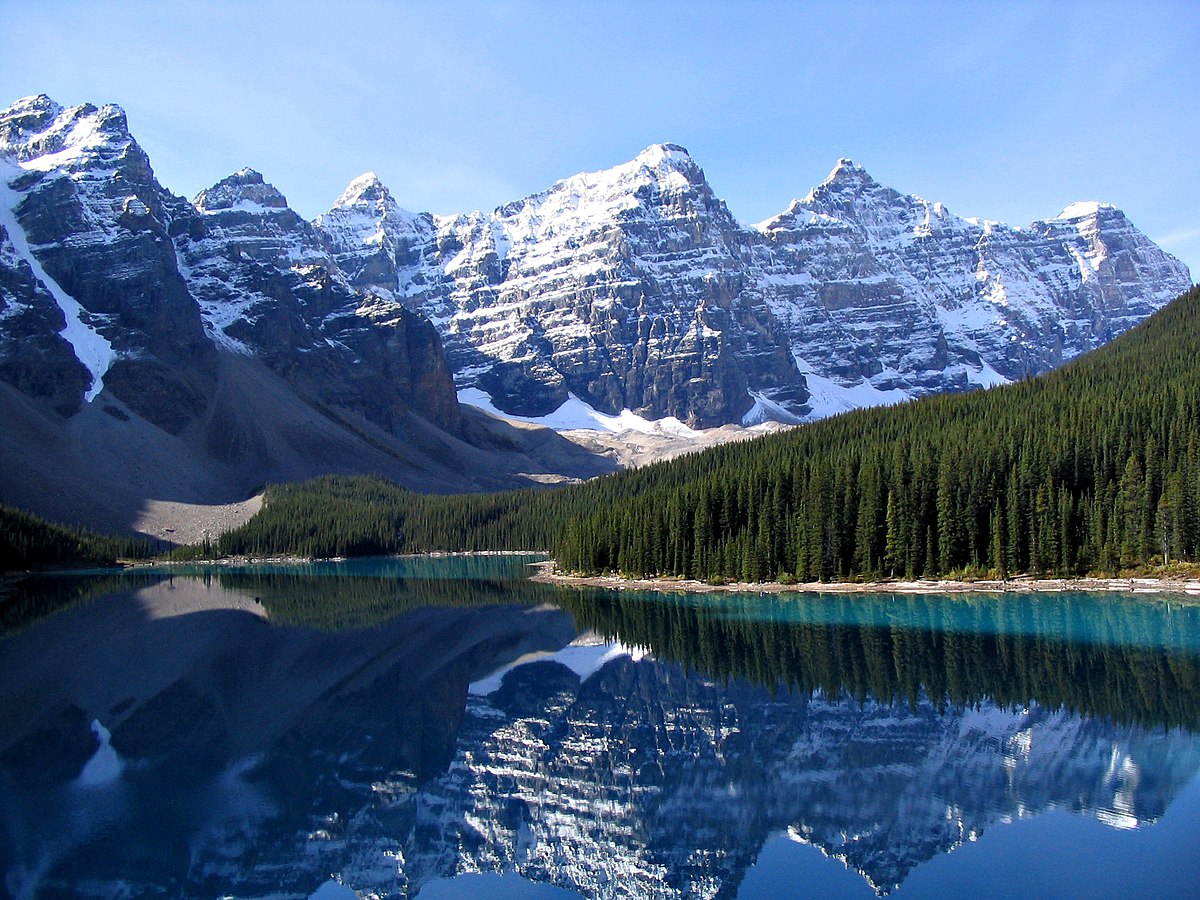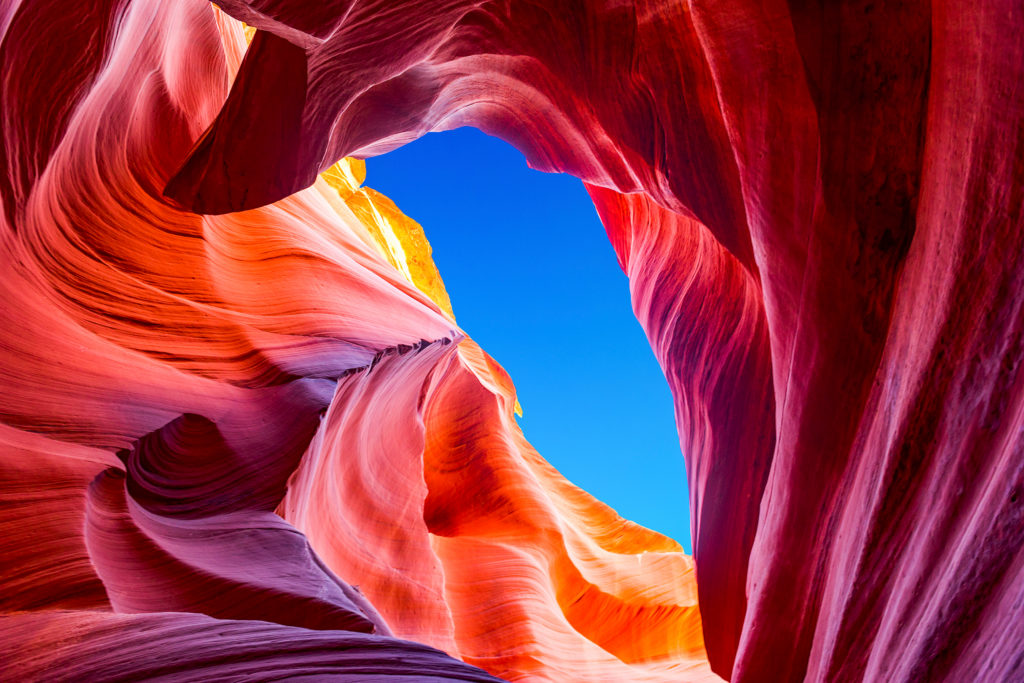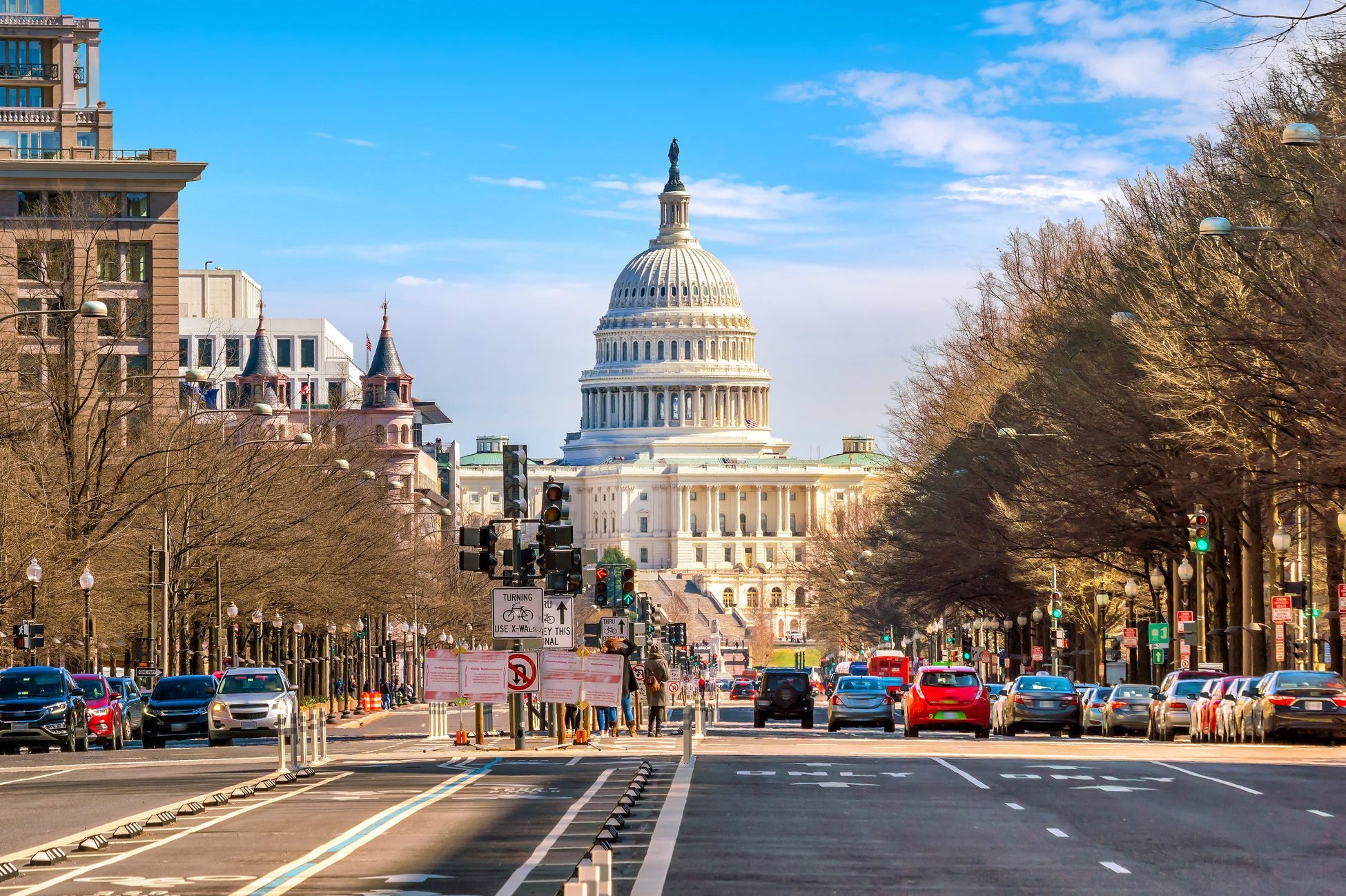A Brief History of Colorado’s Rocky Mountains
History has been written in Colorado’s Rocky Mountains for millennia. From the first Native American inhabitants to the wave of settlers who followed them, the Rocky Mountains have played an integral role in Colorado’s development. Today, visitors from all over the world come to explore the mountains and experience the beauty of Rocky Mountain National Park. In this blog post, we’ll take a brief look at the history of Colorado’s Rocky Mountains.

How the Rockies Were Formed
The Rocky Mountains of Colorado have been around for millions of years, and they are some of the most iconic landmarks of the state. The Rocky Mountains began to form in the Paleozoic era, roughly 300 million years ago. At that time, the land which is now Colorado was part of a much larger continent called Pangaea. This supercontinent was slowly moving in different directions due to tectonic forces, and it eventually separated into two parts: Laurasia and Gondwana. The Rocky Mountains were formed from the movement of these two parts.
The collision of two large plates created a huge mountain range that stretched thousands of miles in every direction. Over time, erosion and other geological forces shaped the Rocky Mountains into their current form. The peaks of the Rockies reach as high as 14,000 feet above sea level, with many peaks in Rocky Mountain National Park reaching higher than 12,000 feet. It’s easy to see why this area is one of the most popular attractions in Colorado – the stunning beauty of the mountains is unparalleled.
The First Inhabitants of the Rockies
The Rocky Mountains have been home to Native American tribes for centuries. The Arapaho, Cheyenne, Ute, and Shoshone are the most well-known tribes who lived in the Rockies. These tribes relied heavily on the resources of the Rocky Mountains for sustenance, using the forests, lakes, and rivers as a source of food.
The first Europeans to explore the Rockies were Spanish conquistadors. As they made their way up the mountain range, they encountered numerous tribes, some of whom they were able to peacefully trade with. However, as more Europeans settled in the area, some of these tribes suffered displacement and persecution.
In 1915, Rocky Mountain National Park was established by Congress. This protected much of the land where Native Americans had resided for centuries. Over the years, tribes have continued to play an important role in the park’s conservation and preservation efforts. As part of these efforts, Rocky Mountain National Park hosts traditional Native American ceremonies and events each year.

The Gold Rush
In 1858, the Colorado Gold Rush began, bringing thousands of miners into the Rocky Mountains in search of gold. This was one of the largest rushes in the nation’s history and it helped shape the landscape of the area. The miners brought with them a variety of equipment and supplies, as well as several towns that popped up around the gold-bearing areas. The rush caused an influx of people who created a vibrant culture and economy in the area.
Although the gold rush didn’t last long, its impact on the Rocky Mountain region was lasting. Towns such as Central City, Boulder, and Denver became centers of mining, commerce, and culture. The mining operations also left behind a legacy of environmental destruction, including the pollution of streams and rivers.
Fortunately, some of the Rockies were protected from the effects of mining by being included in the establishment of Rocky Mountain National Park in 1915. This park spans more than 400 square miles and features some of the most stunning natural landscapes in the United States. Its alpine lakes, majestic peaks, and abundant wildlife attract millions of visitors each year who come to enjoy its pristine beauty. The park is also home to a variety of historical sites related to the Gold Rush era, providing visitors with a unique glimpse into the region’s past.

Rocky Mountain National Park
Rocky Mountain National Park is a must-see destination for visitors to Colorado. Located in the northern part of the state, Rocky Mountain National Park spans more than 265,000 acres and offers spectacular views of the iconic mountain range. Established as a national park in 1915, the park is home to many different species of plants and animals, and is a popular destination for hikers, campers, and other outdoor enthusiasts.
The park offers a variety of activities, including camping, backpacking, fishing, horseback riding, and bird-watching. With more than 350 miles of trails, there’s something for every type of adventurer. There are also ranger-led tours available to help visitors learn about the unique ecology and history of Rocky Mountain National Park.
In addition to its breathtaking scenery, Rocky Mountain National Park is also home to historic sites, such as Longs Peak, which is the highest point in the park at 14,259 feet. Visitors can also explore Bear Lake, which is a glacial lake surrounded by meadows and forests.
No matter what kind of adventure you seek, Rocky Mountain National Park has something for everyone. From its scenic beauty to its unique wildlife and historic sites, it’s an unforgettable experience for all who visit.





